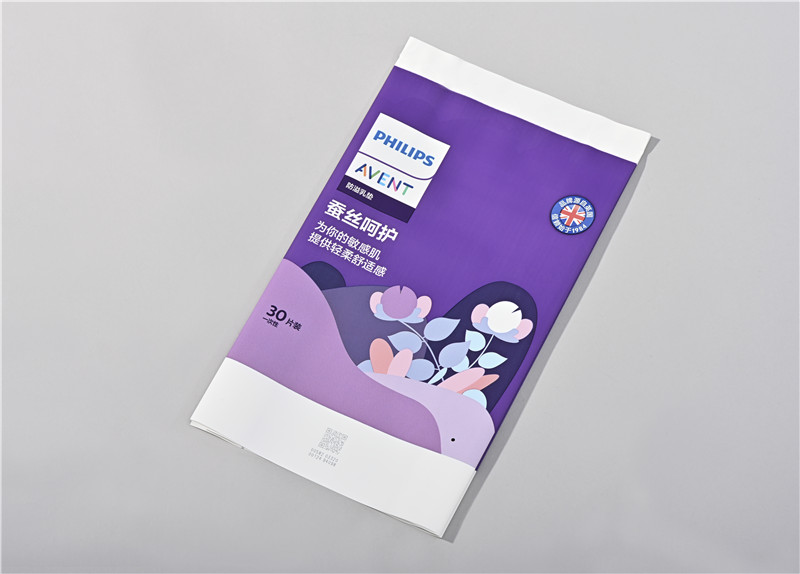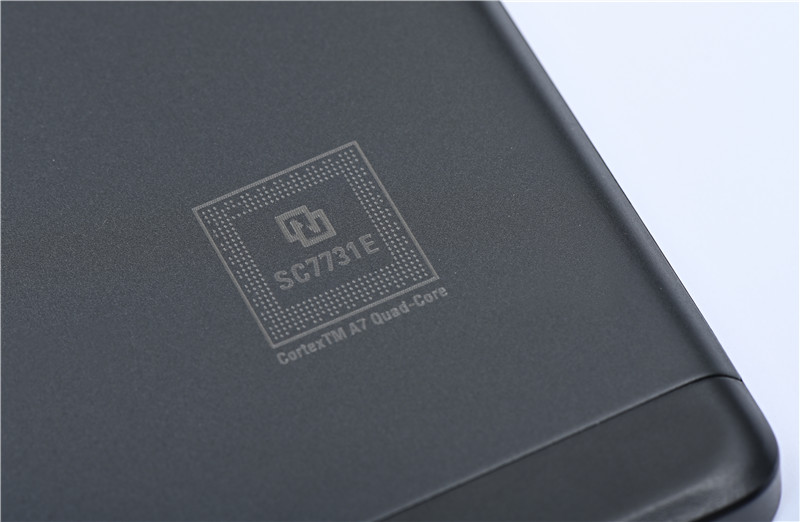Latest Blog
Plastics be processed by uv laser cutting, engraving, and marking
Jan 31 , 2023Plastics are malleable organic materials that can be extruded to form sheets or molded to form more complex shapes. Plastics come in many varieties, from commodity plastics like acrylic and ABS, to engineered plastics like polycarbonate and acetyl. Commodity plastics are inexpensive and have a broad range of applications, while engineering plastics are developed to meet certain performance requirements like high strength or high service temperature. Nearly all plastics can be processed by laser cutting, engraving, and marking. Visit our Materials Suppliers List for plastic vendors.

Types of Plastic
ABS Plastic
Acetals
Delrin®
POM Plastic
Acrylic
Cast Acrylic
Extruded Acrylic
Lucite®
Mirrored Acrylic
Plexiglas®
Fluoropolymers
ECTFE
Halar®
FEP
PCTFE
Kel-F®
PTFE
Teflon®
Microsurface Plastic Materials
Nylon
PEEK
PEI
Duratron®
Ultem®
PLA
Polycarbonate
Lexan®
Makrolon®
Polyesters
Dura-Lar® Film
Ertalyte®
Metalized PET
Mylar® Film
PET Film
PET-G
Polyethylenes
HDPE
LDPE
LLPE
MDPE
UHMW
Polyimides
Cirlex®
Kapton®
Kolon Colorless Polyimide (CPI™)
Polypropylene
Formex®
Statex®
Polystyrene
Polyurethane
PPO
Noryl®
Rowmark® Plastics
VCF Films
Vulcanized Fiber
ultraviolet laser diode engraving Hard-Shell Phone Case for iPhone

Types of Laser Processes
Lasers are playing an ever expanding role in material processing, from new product development to high volume manufacturing. For all laser processes, the energy of a laser beam interacts with a material to transform it in some way. Each transformation (or laser process) is controlled by precisely regulating the wavelength, power, duty cycle and repetition rate of the laser beam. These laser processes include the following:
Laser Annealing
Laser Cutting
Laser Drilling
Laser Engraving
Laser Etching
Laser Machining
Laser Marking
Laser Micromachining
Laser Perforating
Laser Photo Engraving
Laser Photo Marking
Laser Scoring
Laser Sintering
Laser Surface Modification
Selective Laser Ablation
All materials have unique characteristics that dictate how the laser beam interacts and consequently modifies the material. This is true whether one uses the laser system as a "laser cutter", "laser engraver", or "laser marker". The most common processes for plastics are the following:
uv Laser Cutting of Plastics
The energy of a water cooled uv laser beam is easily absorbed by most plastics, causing the material directly in the path of the laser beam to rapidly heat up and vaporize. If the laser power is sufficiently high, the laser beam will cut completely through the material. Most plastics vaporize quickly when cut with a laser, resulting in smooth and straight edges with minimal heat affected zone.
uv Laser Engraving of Plastics
The power of the water cooled uv laser beam can be limited so that it removes (engraves) material to a specified depth. The laser engraving process can be used to create intricate patterns and designs into the plastic surface.
Certain plastics change color or hue when exposed to a fiber laser beam. When the surface appearance changes, without any material being removed, the process is termed laser marking. Laser marking can be used to convey information such a serial number or the manufacturer’s logo.
Combined Processes
The laser cutting, engraving, and marking processes described above can be combined without having to move or re-fixture the plastic material
https://www.rfhtech.com/expert-iii-355-ultra-stable-nanosecond-uv-laser-10w12w15w_p13.html
